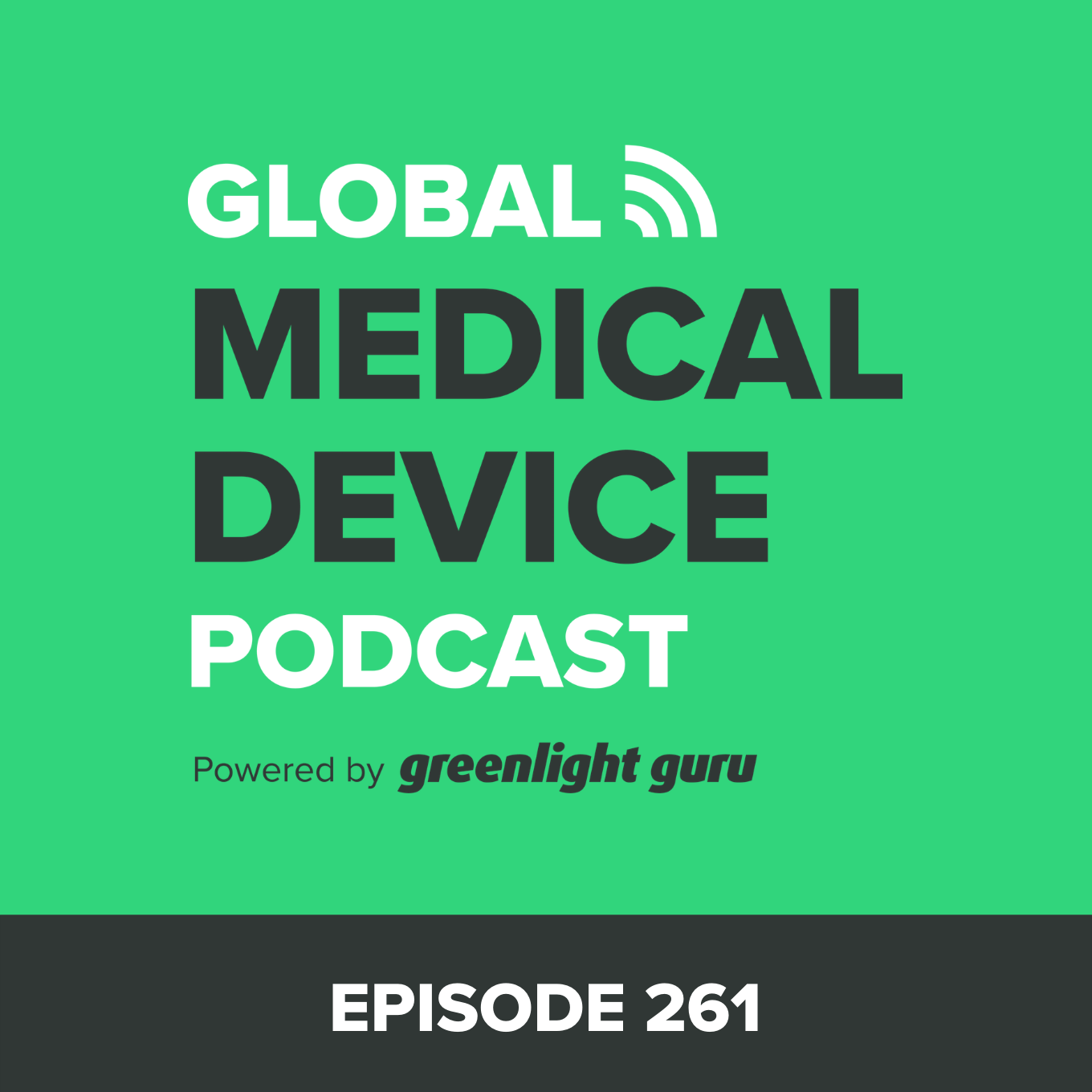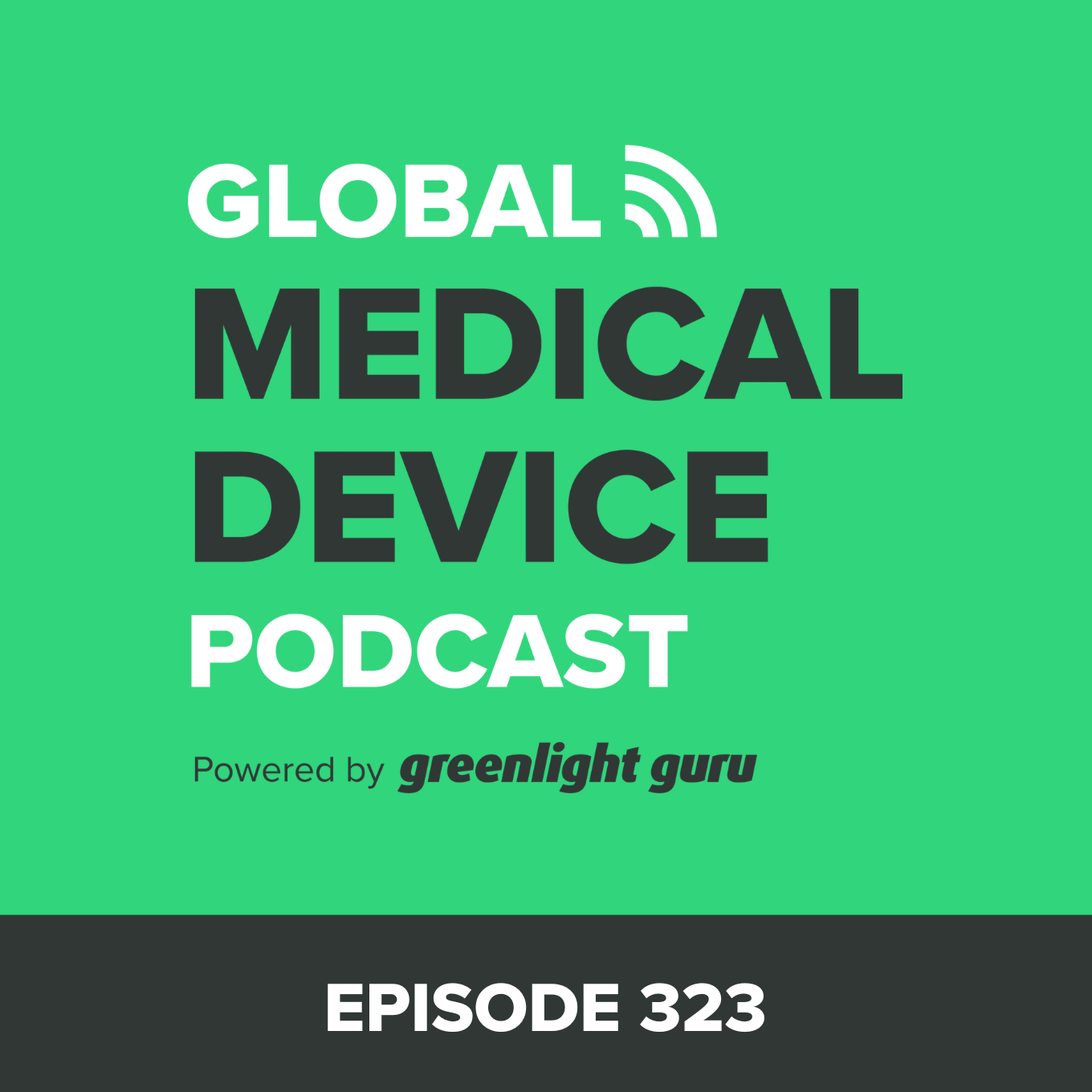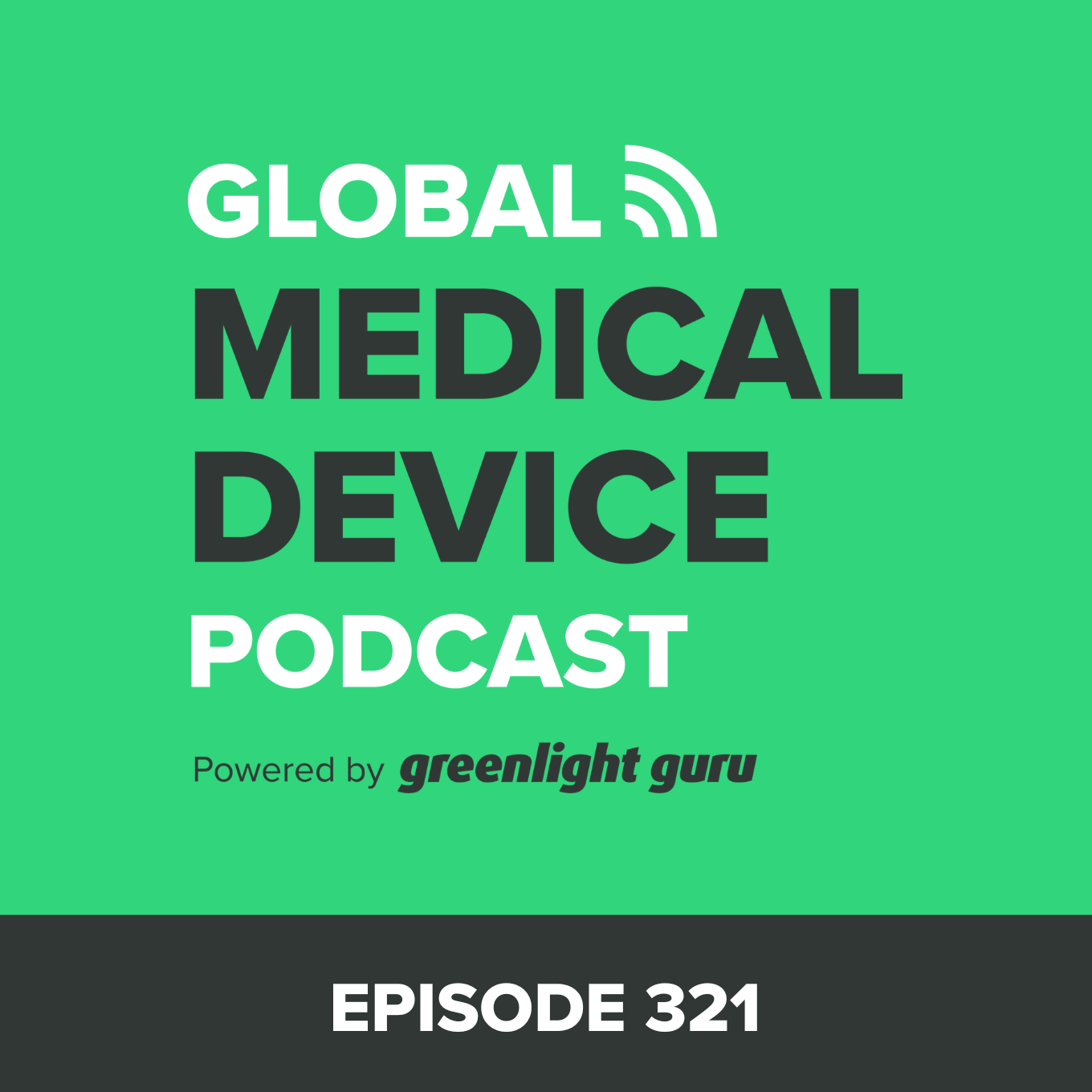Bringing Medical Devices into the Home
- 0.5
- 1
- 1.25
- 1.5
- 1.75
- 2
DESCRIPTION
Are you passionate about human-centered design and how it relates to health care? Patients deserve a high quality experience when bringing medical devices into their home. They want a product that they can use and want to use, without sacrificing any elements that would otherwise exist in a clinical setting.
In this episode of the Global Medical Device Podcast Jon Speer and Etienne Nichols talk to Dylan Horvath, Founder, President, and Chief Product Officer at Cortex Design.
Dylan has a degree in Systems Design Engineering and founded Cortex Design to be a firm that fosters human connection, improves health outcomes, and allows people to do things that they couldn’t do before.
Some of the highlights of this episode include:
- Dylan describes design as a tool for understanding how people react and relate to technology. The design of those experiences should create empathy and fit in with a person’s lifestyle and their experience.
- When people bring home and use a new medical device or product, it should not be a completely foreign object. There should be familiarity with it already because it has features that exist in the person’s cultural landscape.
- When developing new medical products, engineers and scientists use different human-led design activities to get something to fit in someone’s home design.
- When designing a product, it’s important for engineers and scientists to understand that they may not be the audience. Ultimately, they’re designing the product for those that are going to use the product.
- Objects tell people how to interact with them. Unexpected behaviors and accordances signify improvements to bad design. Even small changes early on in the design process can have a big impact on user experience.
- Adding risk management methodologies to a product design/development approach and decision-making process is to use economic, regulatory, and market constraints to accurately assume, define, and validate user needs.
- The role beauty plays in medical products and devices is subjective, but there is beauty in well-functioning devices. The thing that is beautiful is when something considers how it appears and how it lives with the people that have it.
- Design only works within the constraints in which both manufacturability and aesthetic perception are successful. You can’t get away with one or the other.
Memorable quotes from Dylan Horvath:
“Design is a tool for understanding how people react to a technology and how people relate with technology, and specifically the design of those experiences so that we can empathize and create products that fit in with a person’s lifestyle and fit in with their experience.”
“The challenge when developing medical products is the people and the skill sets and the activities that engineers and scientists typically go through to develop a new product can be very different from the types of activities that you go through to try and get something to fit in someone’s home.”
“People design their environments, unknowingly, to sort of fit with the image that they want to project about themselves.”
“When you’re designing a product, if you’re designing it for yourself, you can guarantee one sale.”
“I really got interested in medical systems because of the opportunity for improving lives. That’s our philosophy to this day.”
Links:
Greenlight Guru Acquires CanvasGT: A Fire(less)side Chat
Greenlight Guru YouTube Channel






